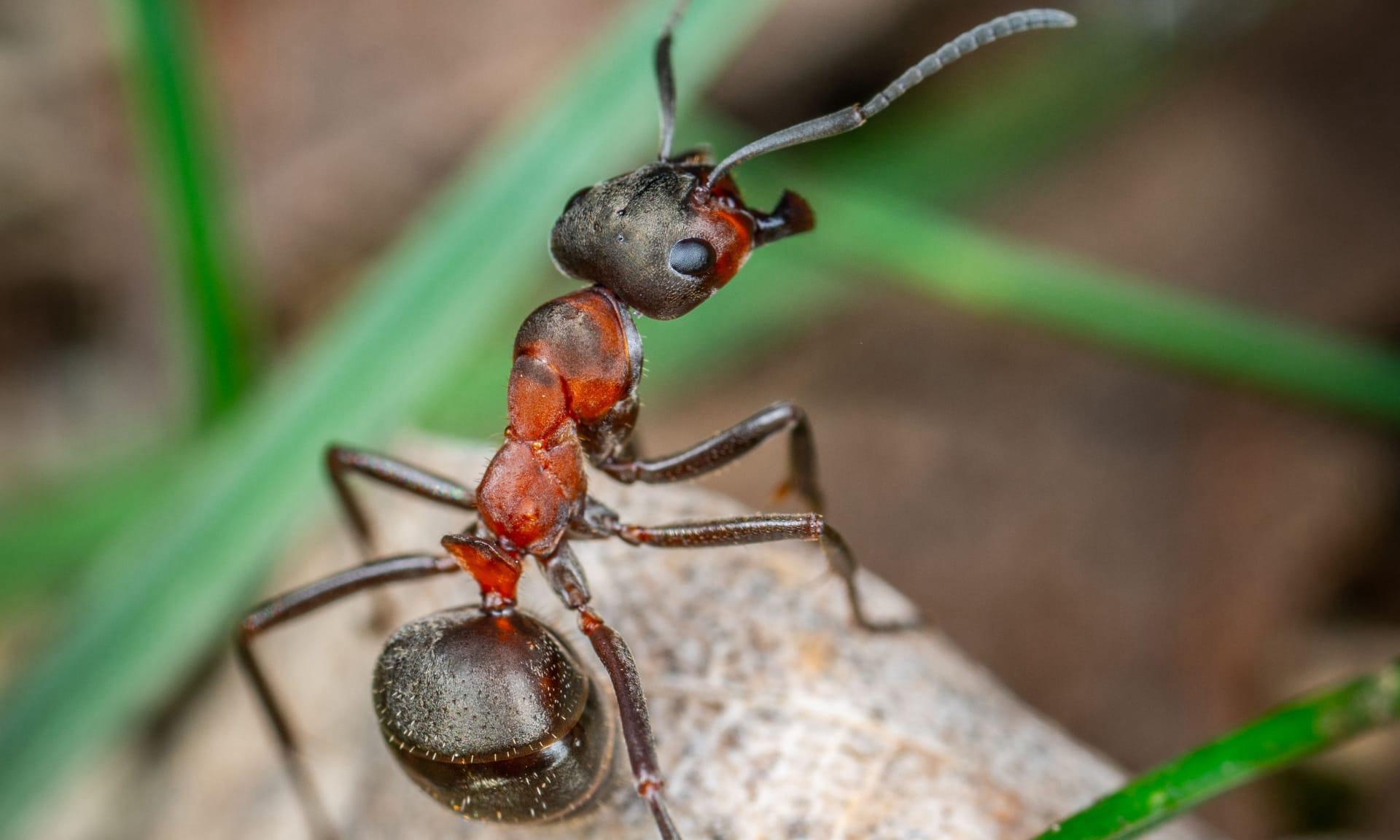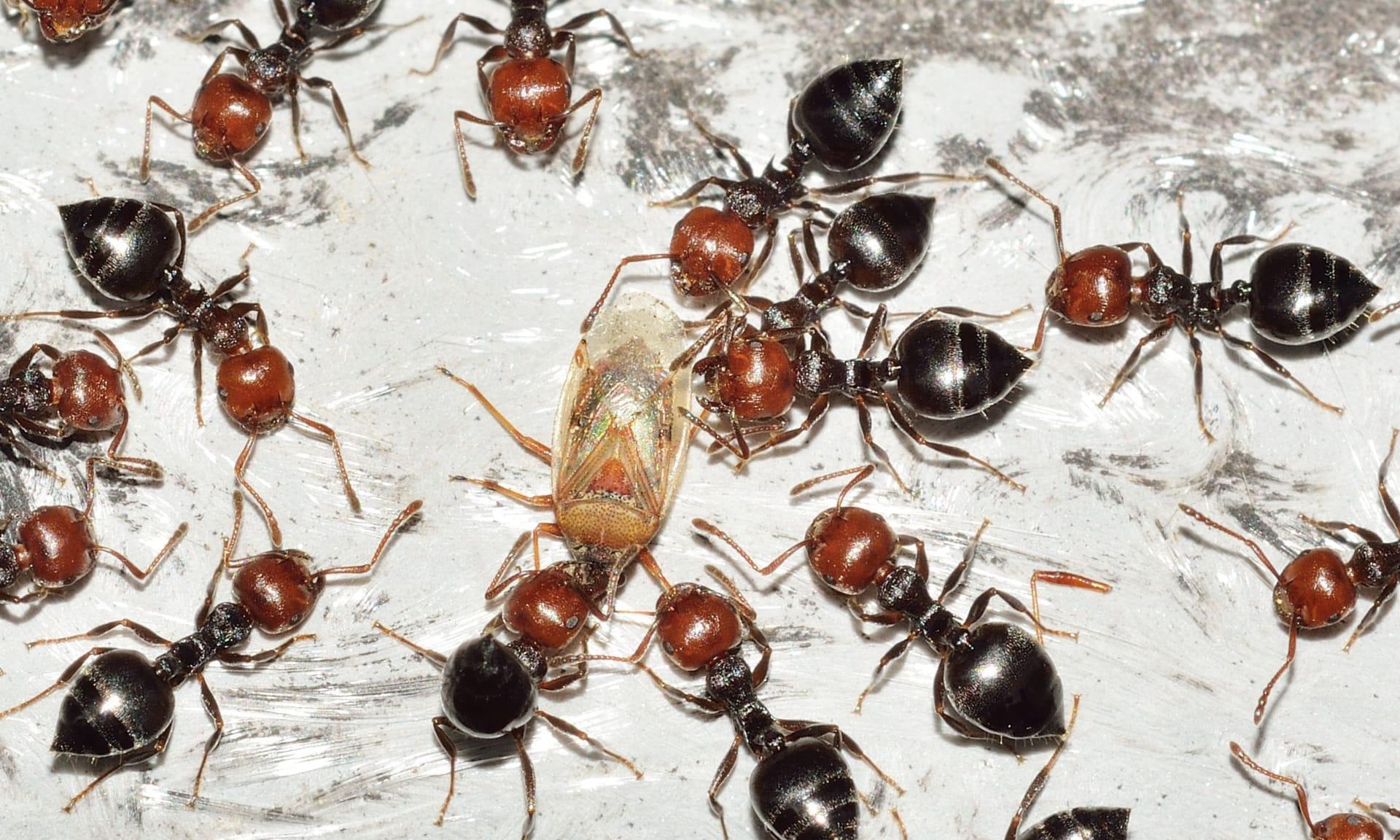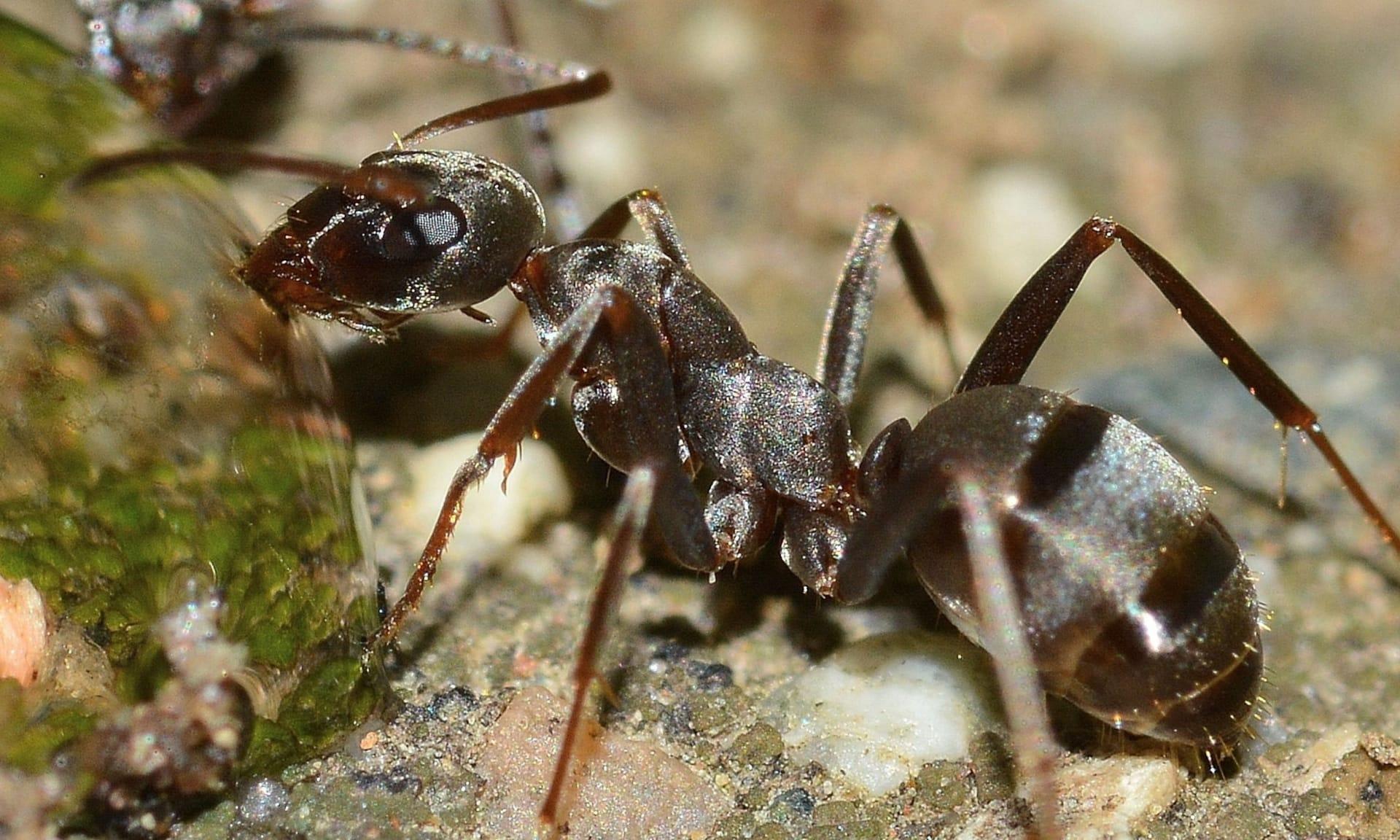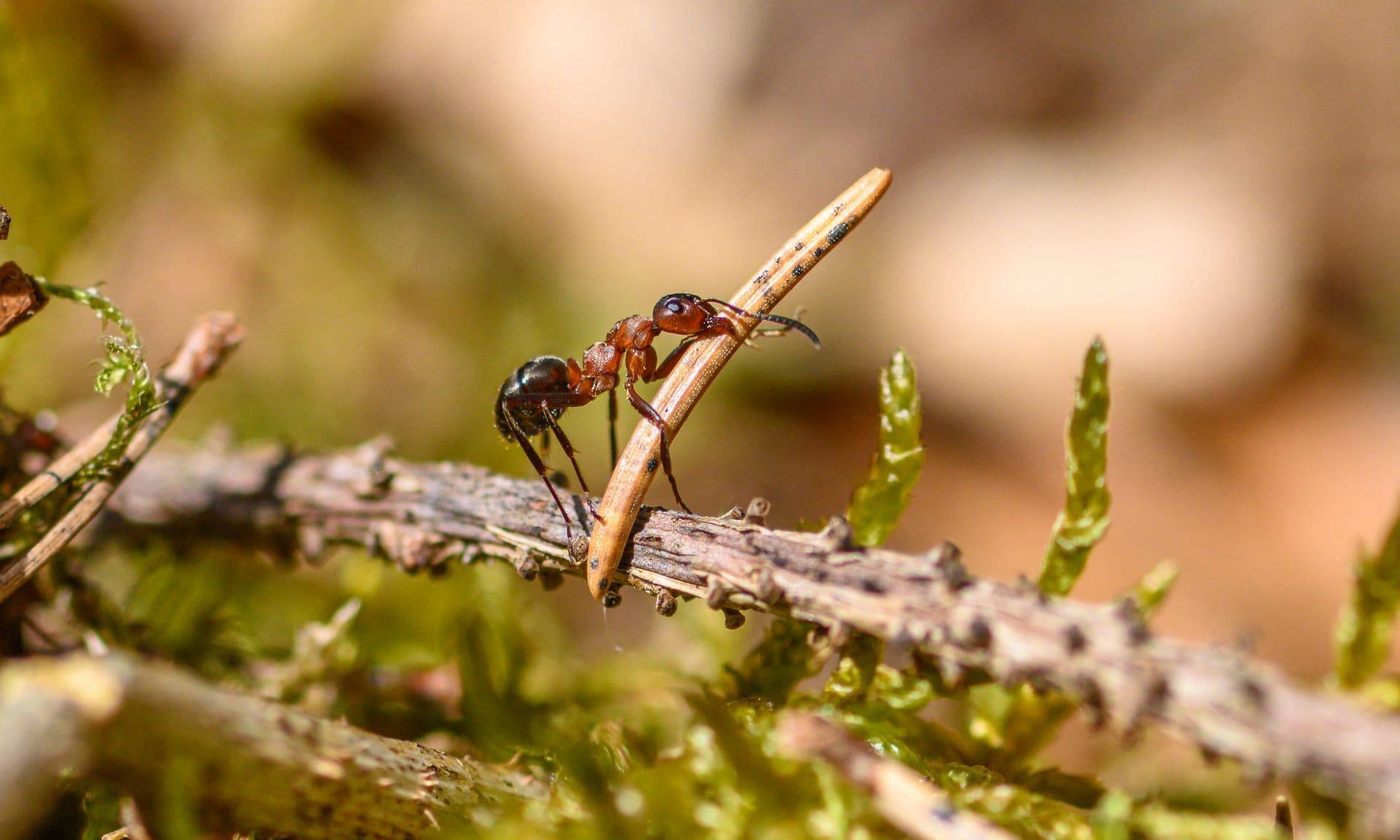1
Queen ants can live exceptionally long lives compared to other insects. While most insects have a lifespan of only a few weeks to months, a queen ant can live for several years, and in some cases, up to 30 years! This longevity is due to their protected lifestyle within the ant colony, where they are shielded from predators and environmental hazards.
Another fascinating aspect of queen ants is their role in determining the colony's population. After a nuptial flight, where queens mate with males, they store millions of sperm in a special organ called the spermatheca. This allows them to fertilize eggs throughout their lifetime, controlling the growth and size of the colony.

2
Queen ants have a unique ability to influence the type of offspring they produce. By choosing whether or not to fertilize an egg with the stored sperm, they can decide if the egg becomes a male ant (unfertilized) or a female worker or future queen (fertilized). This is a rare example of an animal controlling the sex of its offspring.
During their nuptial flight, queen ants can mate with multiple males. This diversity of mating partners contributes to the genetic diversity of the colony. The queens store sperm from these different males, using it over their lifetime to produce a genetically diverse workforce, crucial for the colony's survival and adaptability.

3
Queen ants have a drastic physical transformation during their life. Born with wings, they use these only once for their nuptial flight. After this flight, they break off their wings, signaling the start of their new life as a colony founder. The energy reserves from the wing muscles are then used for egg-laying.
In some ant species, the queen's size can be dramatically larger than that of the worker ants. For instance, in the leafcutter ant species, a queen can be up to 2 inches long, significantly larger than the half-inch worker ants. This size difference is due to the queen's primary role in egg production, requiring a larger abdomen.

4
Queen ants can exhibit a form of cloning known as thelytokous parthenogenesis in some species. In this process, queens produce female offspring without fertilization, essentially cloning themselves. This ability allows for the rapid expansion of a colony, especially in environments where mating partners are scarce.
Interestingly, queen ants' pheromones play a vital role in maintaining harmony and hierarchy in the colony. These chemical signals help in suppressing the reproductive abilities of worker ants, ensuring that the queen remains the sole egg-layer. Worker ants are also guided by these pheromones for various tasks, including foraging and colony defense.

5
When establishing a new colony, a queen ant displays incredible resilience and multitasking ability. Initially, she single-handedly cares for her first brood of eggs, which become the colony's first workers. During this period, she often goes without food, relying on her fat reserves and the energy from her wing muscles.
The communication system between a queen ant and her colony is complex and efficient. She communicates primarily through chemical signals, or pheromones, which can indicate her health status, fertility, and even distress. These signals are vital for the colony's organization, influencing everything from foraging behavior to colony expansion.